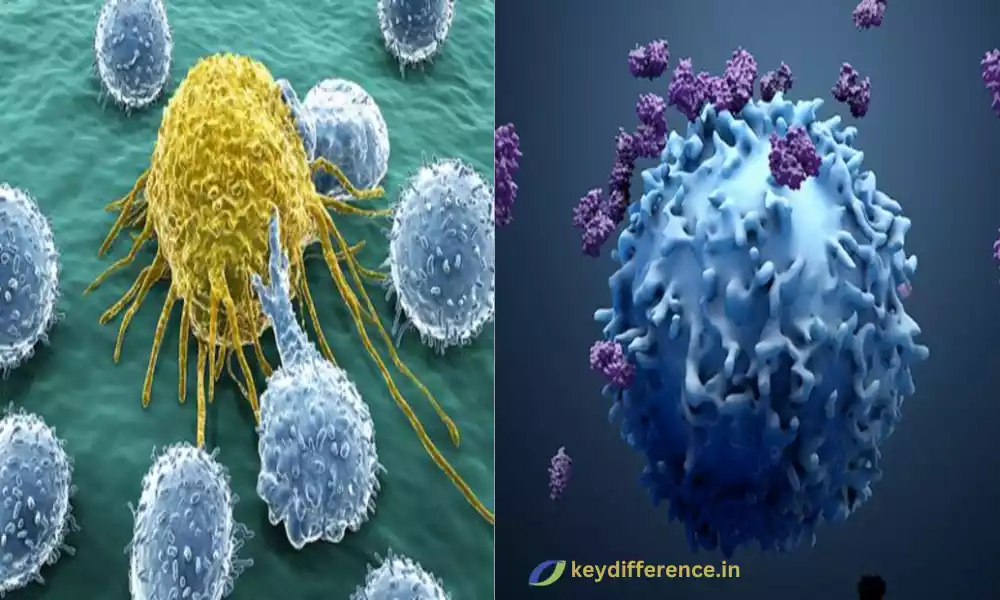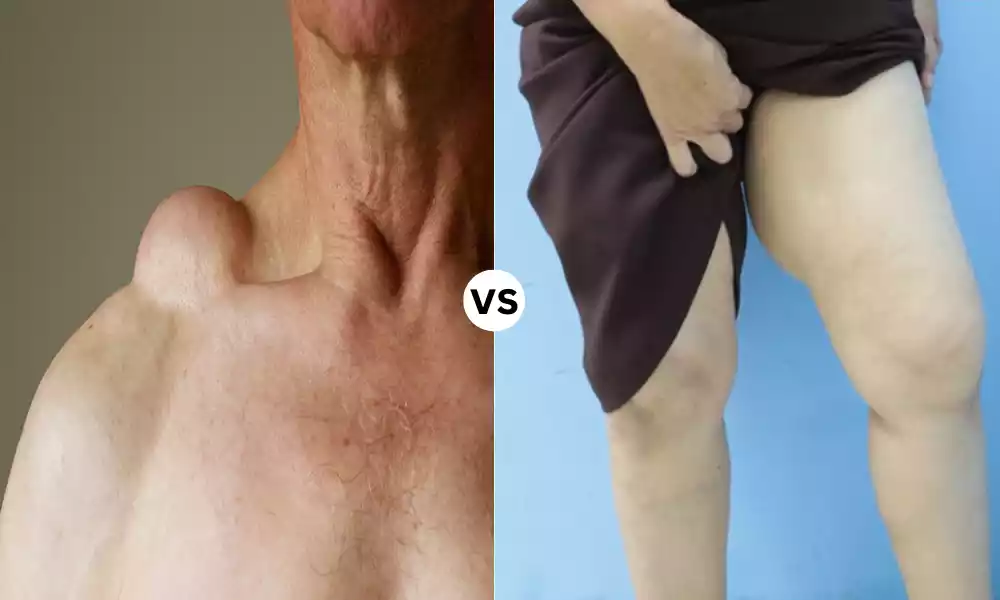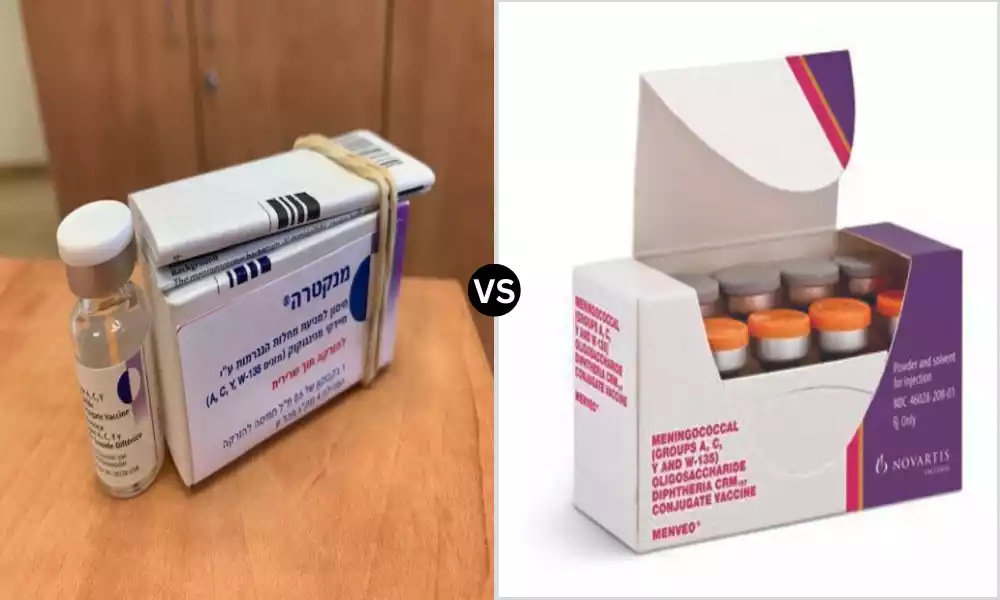lymphocytes and macrophages both play key roles in our immune systems, yet differ considerably in terms of origins, functions, and mechanisms of action. Lymphocytes specialize in adaptive immunity while macrophages participate in both innate and adaptive responses.
Understanding these differences is critical to comprehending the complexity of immune response systems as it has significant ramifications for medical research and treatments alike. Both cell types work collaboratively in maintaining our body defenses while contributing to overall wellness.
What are Lymphocytes?
Lymphocytes are white blood cells that play a central role in adaptive immunity. Lymphocytes identify and neutralize pathogens such as bacteria and viruses as well as foreign substances like chemicals.
Lymphocytes can be divided into T cells, B cells, and natural killer (NK) cells with each providing specific functions in immune responses – for instance recognizing antigens and producing antibodies or directly attacking infected or cancerous cells (for T and NK cells).
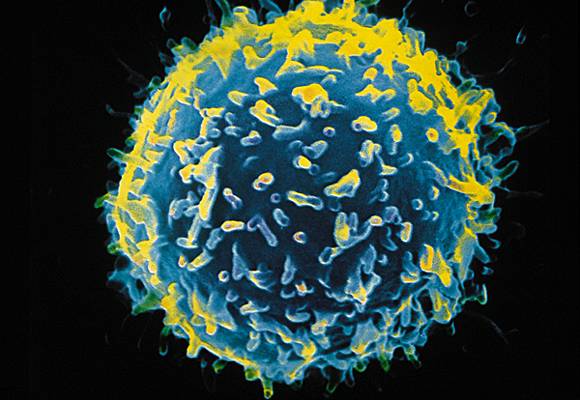
What are Macrophages?
Macrophages are white blood cells involved in immune defense that play multiple roles in both innate and adaptive immunity. Stemming from monocytes, macrophages migrate from the bloodstream into tissues where they serve as phagocytes by digesting pathogens, debris, or any foreign particles they encounter.
Furthermore, macrophages play an essential part in antigen presentation, inflammation, and tissue repair, as well as being highly versatile cells capable of adapting to any environment based on function activation states such as M1 or M2 status.
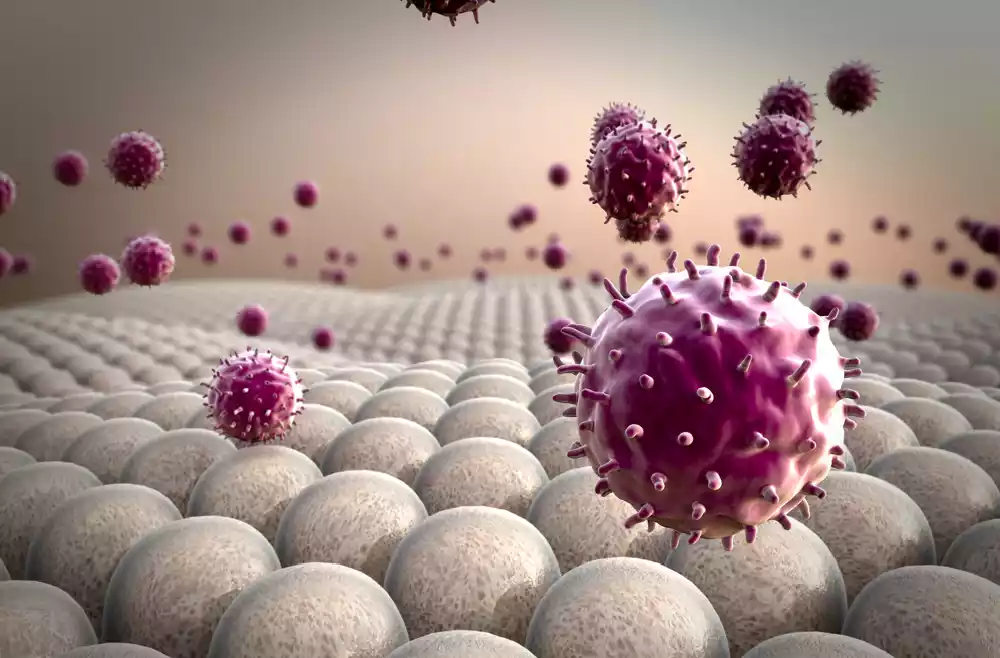
Comparison Table of Lymphocytes and Macrophages
| Feature | Lymphocytes | Macrophages |
|---|---|---|
| Origin | Lymphoid progenitor cells | Myeloid progenitor cells |
| Types/Subtypes | T cells, B cells, NK cells | M1 (Classically activated), M2 (Alternatively activated) |
| Primary Functions | Adaptive Immunity | Innate and Adaptive Immunity |
| Specific Roles | Antibody production (B cells) – Directly killing infected cells (T cells, NK cells) – Regulatory functions (T regulatory cells) | Phagocytosis – Antigen presentation – Inflammatory response – Tissue repair |
| Mechanisms of Action | Receptor-mediated (TCR, BCR) – Cytokine signaling – Need for antigen presentation | Pathogen recognition receptors (PRRs) – Inflammatory cytokines – Phagocytosis |
| Locations in Body | Lymph nodes – Thymus – Spleen | Various tissues (liver, lung, brain) – Bloodstream (as monocytes) |
| Interactions with Other Cells | Antigen-presenting cells (APCs) – Other T and B cells | T cells for activation – Serve as antigen-presenting cells |
| Role in Diseases | Autoimmune diseases – Allergies – Immunodeficiencies | Chronic inflammation – Tumorigenesis -Atherosclerosis |
| Clinical Applications | Immunotherapies – Vaccines | Anti-inflammatory drugs – Cancer Therapies |
This comparison table highlights the key differences and similarities between lymphocytes and macrophages, providing a quick overview of their respective roles, mechanisms, and implications in health and disease.
Importance of understanding the roles of different immune cells
Understanding the roles played by different immune cells is important for many reasons ranging from basic biology to clinical medicine:
Here are a few reasons this understanding should be prioritized:
Basic Scientific Understanding: Immunity Complexity of the Immune System: The immune system is an intricate network of cells, tissues, and signaling molecules that help defend us against infections. Understanding individual roles helps make their complexity easier to comprehend.
Interconnected Roles: Immune cells often work together, so understanding one cell type often sheds light on the capabilities and limitations of others.
Medical Research and Treatment
Targeted Therapies: Increased understanding of immune cells can lead to more tailored therapies for various conditions like cancer, autoimmunity, and infectious diseases.
Immunotherapy: Advancements in cancer immunotherapy require a deep knowledge of how different immune cells can be harnessed or modified to attack tumors more effectively.
Vaccine Development: Understanding how immune cells respond to pathogens is integral in creating vaccines against rapidly evolving viruses such as influenza and coronaviruses.
Drug Side Effects: Understanding immune cell functions can help predict and minimize immunological side effects from drugs.
Diagnostic Applications
Biomarkers: Immune cells may serve as biomarkers of certain diseases, helping doctors early diagnose and plan treatment accordingly.
Immune Profiling: By understanding the roles and states of different immune cells, one can develop their individual immune profile – providing useful data for personalized medicine treatments.
Management of Autoimmune Diseases
Therapies to modulate immune activity may be refined to minimize collateral damage to healthy tissues.
Infection Control: Gaining knowledge of immune cells enables treatment plans that effectively address resistant strains of infection.
Public Health
Pandemic Preparedness: Understanding immune reactions is central to devising plans to contain outbreaks of new infectious diseases.
Aging Population: With an aging population comes greater responsibility to manage age-related decline in immunity. Understanding your immune system becomes even more essential as time goes on.
Understanding the roles played by various immune cells like lymphocytes and macrophages is not only academically fascinating, but has important ramifications for healthcare, research, and public health.
What are the Similarities Between Lymphocytes and Macrophages?
Though lymphocytes and macrophages differ considerably in many aspects, they share some similarities as key players of the immune system.
Here are a few points of commonality between them:
General Characteristics for White Blood Cells: White blood cells play an essential role in immune defense.
Both Types of Cells Derive From Hematopoietic Stem Cells in Bone Marrow:
Both types of cells develop from hematopoietic stem cells in bone marrow however, their differentiation occurs along differing paths.
Participation of T Cells in Immune Response
Antigen Recognition: Both types of cells can detect antigens in various ways and fulfill different functions afterward.
Inflammation: Both lymphocytes and macrophages produce cytokines that may play an influential role in inflamed responses their types and effects may differ accordingly.
Communication Between Cells: Both types of immune cells rely on complex signaling pathways and interactions with other immune cells in order to fulfill their functions effectively.
Adaptive Immunity: Macrophages play an integral part in adaptive immunity, along with lymphocytes. Macrophages act as antigen-presenting cells (APCs) to activate T cells and strengthen adaptive immunity.
Functions in Tissues Tissue Presence: Both cell types can be found throughout the body in various tissues besides the bloodstream.
Tissue Repair: Both immune cells and stem cells play an active part in tissue repair to varying degrees, as well as immunity.
Clinical and Research Applications
Both are essential in clinical diagnostics and therapeutics for instance, changes to lymphocyte and macrophage counts can serve as indicators of disease states.
Research Utility: Both cell types have long been researched within immunology, with understanding their roles being key for advances in vaccine production, cancer therapies, and treating autoimmune conditions.
Manipulation in Therapy: Both lymphocytes and macrophages are targets of immunomodulatory drugs being studied as potential agents for various forms of immunotherapy treatments.
Understanding these similarities can provide a deeper insight into the immune system and pave the way for therapies that take advantage of multiple aspects of immunity to offer more comprehensive care.
Characteristics of Lymphocytes
Lymphocytes are an essential part that make up the immune system. They possess distinctive characteristics that differentiate them from other kinds of white blood cells.
Here are a few of their distinctive features:
Origin and Maturation
- Bone Marrow Origin: Lymphocytes are made in the bone marrow using lymphoid progenitors.
- Site of maturation: B cells develop in bone marrow T cells develop inside the thymus.
Types and Subtypes
- Variety: Lymphocytes can be broadly classified into B cells, T cells and Natural Killer (NK) cells each with distinct subtypes and roles.
- Differential Receptors: Each Cell, both B and T is equipped with a distinct receptor that allows it to recognize a particular antigen.
Role in Immune Response
- The Adaptive Immunity: Lymphocytes are the primary components of adaptive immune responses. They allow the body to recall and swiftly respond to pathogens that it has previously encountered.
- Specificity: Lymphocytes are very specific in their actions and target specific disease-causing organisms or cells based on antigen recognition.
- Memory: Some lymphocytes, including certain T cells and B cells, may develop into memory cells, which provide an immunity that lasts for a long time.
Mechanisms of Action
- Recognized by receptors: B and T cells recognize antigens by using distinct very precise receptors (T-cell receptors and B-cell receptors).
- Cytokine production: There are many kinds of lymphocytes that produce cytokines, signaling molecules that help regulate the immune response.
- Direct killing: T cells are cytotoxic and NK cells have the ability to directly kill cancerous or infected cells.
- production of antibodies: B cells are able to transform into plasma cells that make antibodies that are specific to an antigen they’ve encountered.
Physiological Characteristics
- Mobility: Lymphocytes travel between the lymphatic system, allowing them to get to the sites of injury or infection.
- Lifespan: Though some lymphocytes live only a few days memory cells can live for a long time, providing long-term immunity.
- Size: Lymphocytes are generally less sized than the other blood cell types like neutrophils and macrophages.
Interactions with other cells
- Antigen Pre-Presenting Cells (APCs): T cells typically need interaction with APCs such as macrophages or dendritic cells to activate.
- functions of Helper: T cells that help in activating various immune cells which include B cells as well as other T cells.
Clinical Relevance
- Disease Indicates The presence of abnormal lymphocytes could be a sign of illnesses such as leukemia, HIV/AIDS, and a variety of immunodeficiencies.
Understanding these traits provides an insight into the diverse and distinct role that lymphocytes play within the body’s immune system
They are essential for immediate and long-term protection against pathogens and are also the center of intense research in medical and immunology research.
Characteristics of Macrophages
Macrophages are multifunctional cell types with distinctive characteristics that make them crucial parts that make up the immune system in addition to other biological processes.
Here are a few of their most important characteristics:
Origin and Development
- Monocyte-derived macrophages: come from monocytes, which are a kind of white blood cell.
- Bone Marrow Origin: As lymphocytes, they too are originally created in bone marrow.
- Transplantation of Tissues: After their formation, they move into tissues, where they transform into mature macrophages.
Types and Subtypes
- Polarization: Macrophages are able to exist in different states and are often identified as M1 (pro-inflammatory) and M2 (anti-inflammatory) according to their signals.
Role in Immune Response
- innate immunity: Macrophages are part of the innate immune system but also interact with cells of an adaptive immune system.
- In phagocytosis: one of their primary functions is to digest and engulf dead cells, pathogens along other particles from outside.
- Antigen presentation: Macrophages function as antigen-presenting cells. They show fragments of digested pathogens that are displayed to T cells.
- The Inflammatory Response: The cells secrete a variety of chemicals and cytokines that cause inflammation and draw immune cells toward the location of injury or infection.
Mechanisms of Action
- Pathogen Recognition: The HTML0 has various receptors, like Toll-like receptors which permit them to detect pathogens.
- Cytokine production: The cells can make an array of signaling molecules that can alter the immune response or encourage the repair of tissues.
Physiological Characteristics
- Tissue Residency: Macrophages are typically tissue-resident and can be present in all types of tissues including the lungs, liver, and the brain.
- Longevity: It is possible for them to be quite long-lived, especially in certain tissue sites that perform constant homeostatic tasks.
- size and morphology: Macrophages can be larger than lymphocytes, and they can alter their shape to carry out functions such as phagocytosis.
Interactions with other Cells
- T Cell T Cell Activation: Macrophages may interact with T cells through the presentation of antigens or by giving additional signals.
- Cross-talk with other immune cells: They communicate with a range of immune cells, including dendritic and neutrophils in order to coordinate the immune response.
Additional Roles
- Tissue Regeneration: Beyond immunity, They also are involved in the repair of tissues and in regeneration.
- Waste Management: They aid in the elimination of dead cells as well as cellular debris, a vital role in the maintenance of tissue homeostasis as well as repair.
Clinical Relevance
- Indicates the presence of disease: Modifications in the number of macrophages or activation state may be an indication of different conditions, including the chronic inflammation of cancer and infections.
Understanding the nature and function of macrophages can provide insight into their diverse role, not only in the fight against infection but also in ensuring health and tissue homeostasis and other biological processes.
Reference Books
Certainly, here are some reference books that provide comprehensive information on immunology, including the roles of lymphocytes and macrophages:
- “Immunobiology: The Immune System in Health and Disease” by Charles A. Janeway Jr., Paul Travers, Mark Walport, and Mark J. Shlomchik – This is one of the cornerstone texts in immunology, suitable for both beginners and experts.
- “Cellular and Molecular Immunology” by Abul K. Abbas, Andrew H. Lichtman, and Shiv Pillai – This book is widely used in medical schools and offers detailed insights into cellular and molecular aspects of the immune system.
- “Basic Immunology: Functions and Disorders of the Immune System” by Abul K. Abbas and Andrew H. Lichtman – This book is a simplified version focusing on the essentials of immunology, suitable for undergraduates or those new to the field.
- “The Immune System” by Peter Parham is another highly recommended text that provides a solid foundation in immunology.
Conclusion
Lymphocytes and macrophages are two distinct yet interdependent white blood cell types that play key roles in our immune systems. Lymphocytes – including T cells, B cells, and Natural Killer cells – play a vital role in adaptive immunity by providing specific and long-term protection from pathogens.
Macrophages, on the other hand, are flexible cells that play a significant role in innate immunity by phagocytosing pathogens and presenting antigens to T cells for recognition by T cells. Furthermore, macrophages play roles in tissue repair and inflammation regulation.
No matter their differences, both cell types work in harmony to maintain a balanced immune response that protects the body against infections, diseases, and other threats.
Understanding their unique characteristics and functions is vital for furthering immunology research as well as designing effective treatments for various health conditions.

